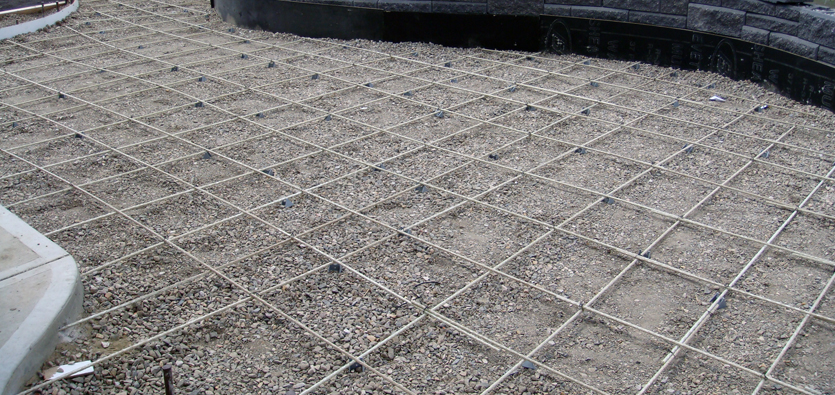Glass fiber-reinforced polymer (GFRP), formed by glass fibers bonded in a matrix made of vinyl ester, has been employed extensively in a number of rehabilitation applications, particularly seismic retrofitting. Seismic retrofitting is a technique to modify the existing concrete structures to make them protected against soil failure and seismic activities. The immunity to corrosion, high strength-to-weight-ratio, and convenient handling and installation make fiberglass rebar a material of choice in a large number of projects where inelastic deformation capacity and high strength are the prerequisites.

Fiber reinforced polymer (FRP) has widely been recognized as an effective seismic retrofit material for new and existing concrete structures. When it comes to the authenticity of fiberglass reinforcement in seismic regions, Japan is a leading country in terms of applications of fiber reinforced polymers reinforcement for concrete. We all know Japan is one of the world’s most earthquake-prone country.
Studies to investigate the possible deficiency of concrete structures in seismic regions reveal that the main failure of columns was due to the insufficient ductility of structures and shear strength. The effectiveness of fiberglass material to confine concrete columns has been acknowledged on a global scale. The structural deficiency of existing buildings in seismic regions is a critical problem. However, the concept of seismic design of structures is not very old. In seismically active regions of the world, the improvement in structurally deficient concrete columns has been a proven and most significant application of fiberglass materials.
The traditional technique of seismic retrofit of concrete structures is no longer a practical solution; repairing damaged structures with steel demands plenty of time. In addition to this, steel is susceptible to corrosion and increases the stiffness of the columns exposing a structure to higher transmitted seismic forces. While on the other hand, fiber reinforced polymer composites enable engineers to repair structurally deficient structures in a time-efficient manner.
The maintenance of deteriorated civil engineering infrastructures is costing builders millions of dollars. Earthquakes, aging, and other extreme environmental and geographical conditions are some of the major reasons behind global infrastructure crisis. Currently, retrofitting of concrete structures by fiberglass construction material is one of the most practical schemes to improve seismic resistance.
The use of fiber reinforced polymers, as a construction material has increased considerably over the past couple of decades, primarily because of its higher durability and corrosion resistance. That is why fiberglass rebar has turned out to be an ideal construction material for rehabilitation, seismic retrofitting, and disaster-resistant buildings.
